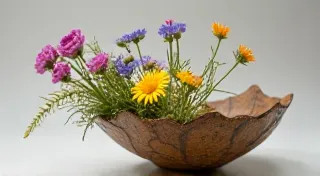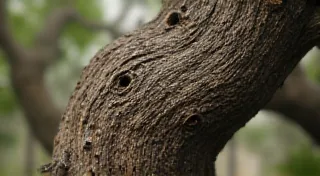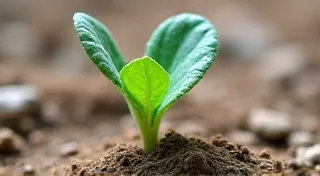The Arbor's Whisper: Finding Narrative Within the Knot
The scent of aged wood, a subtle melancholy clinging to it, always takes me back. Not to a specific place, but to a feeling – the quiet dedication of hands shaping something beautiful from raw material. I’m thinking of my grandfather, a silent man with calloused fingers and an unwavering focus. He didn't carve elaborate figures, but he's the reason I fell in love with the simple act of woodcarving, specifically, the intimate, almost meditative practice of penknife whittling.
My grandfather’s tools were few: a well-worn pocketknife, a small block of basswood, and a profound understanding of the wood itself. He rarely spoke about his craft, but I'm convinced he saw stories within the grain – tiny narratives waiting to be released. And that's precisely what penknife whittling, at its heart, is: listening to the arbor's whisper, finding the narrative within the knot.
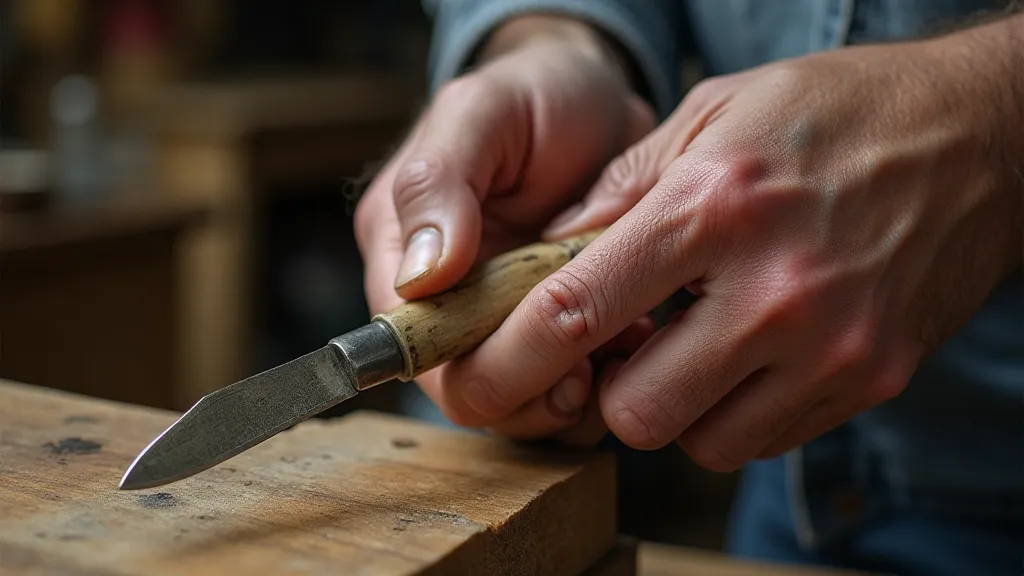
The Historical Roots: From Utility to Folk Art
The origins of penknife whittling are as deeply rooted in necessity as they are in artistic expression. Before mass-produced toys and readily available tools, a simple pocketknife was an essential companion for rural life. Farmers, sailors, and laborers would whittle during downtime—a way to relieve boredom, mend tools, or create small objects for their families. This wasn’t about creating masterpieces; it was about making do, about transforming a scrap of wood into something useful or aesthetically pleasing.
As societies transitioned, whittling slowly evolved beyond pure utility. It became a form of folk art, particularly prevalent in regions like Scandinavia, the British Isles, and Appalachia. The carvings produced were often simple – animals, dolls, and decorative objects – but they were infused with the spirit of the maker and the environment. These carvings were often passed down through generations, becoming treasured heirlooms imbued with family history and folklore. The very imperfections of the wood—the knots, the swirls of grain—were embraced, becoming part of the narrative.
Think of the Scandinavian "huggn" tradition, where intricate carvings were made directly into tree trunks, or the Appalachian folk art that often depicted scenes of rural life and local legends. These weren’t the creations of formally trained artists, but of people intimately connected to the land and the materials they worked with. They were telling stories—their stories—through the medium of wood. The historical significance of the tools themselves, often passed down through families, speaks volumes about the value placed on craftsmanship and resourcefulness—a subject worth exploring further, like the relics of forgotten trades, as detailed in "Vestiges of the Past: Penknives as Relics of Forgotten Trades".
The Language of the Knot: Imperfection as Inspiration
What truly sets penknife whittling apart is the way it demands a unique relationship with the wood. Unlike carving with larger tools, where you can largely dictate the shape, whittling requires you to work *with* the wood, rather than against it. You can’t simply impose your vision; you must observe, interpret, and adapt.
A knot isn't just an obstacle; it's an opportunity. It can become the eye of an owl, the curve of a bear’s back, or the crest of a fantastical creature. The grain, the natural variations in density and color, adds depth and character. Ignoring these features is to miss the inherent beauty and narrative potential of the piece.
I remember struggling early on, frustrated by a piece of maple riddled with knots. I tried to carve around them, to smooth them out, to eliminate what I perceived as flaws. But my grandfather simply smiled and pointed out the way the knots resembled swirling nebulae. “Let them be,” he said. “They tell their own story.” And he was right. Once I stopped fighting the wood and started listening to it, I began to see the possibilities. The ability to find meaning and story within these imperfections highlights a deeper connection to the material—a resonance that echoes the art of carving stories from the wood’s memory, explored further in "Echoes in the Grain: Carving Stories from the Wood’s Memory".
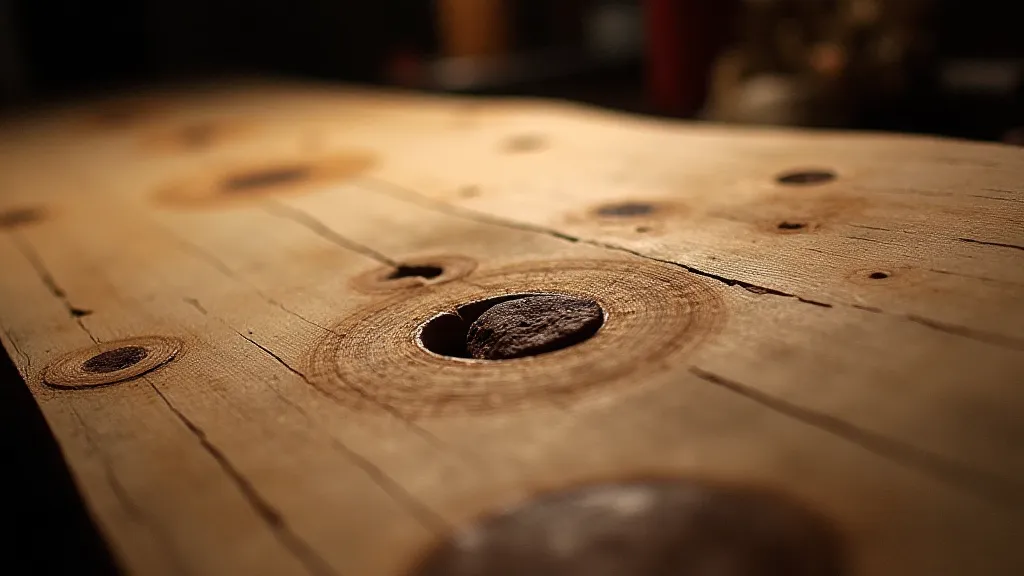
Techniques and the Mindset of the Carver
The technical aspects of penknife whittling are relatively straightforward. A sharp knife is paramount – a dull blade is dangerous and produces ragged edges. The ‘pull stroke’ is fundamental: drawing the knife towards you, shaving off thin layers of wood. This technique allows for greater control and minimizes the risk of splintering.
But more than technique, it's about mindset. It's about patience, observation, and a willingness to embrace the unpredictable. It's about understanding that a carving isn’t “finished” until it feels right—until it tells its story. This isn’t about following patterns rigidly; it’s about finding the shape that emerges organically from the wood.
There’s a meditative quality to the process – a quiet focus that allows you to connect with the material and to quiet the noise of the world. It’s a practice that demands presence, a willingness to be fully engaged in the moment. It’s a craft that rewards patience and attention to detail. The process itself, the letting go of control and embracing the organic unfolding of the form, is a powerful metaphor for release and finding peace – concepts beautifully explored in "The Geometry of Letting Go: Whittling as a Pathway to Release" at /geometry-of-letting-go-whittling.
Preserving the Legacy: Restoring and Collecting
As with any traditional craft, antique penknife carvings are increasingly recognized for their historical and artistic significance. Restoring these pieces requires a delicate touch—understanding the original techniques and materials is crucial. Heavy sanding or refinishing can strip away the character and historical value of the carving. A skilled restorer focuses on stabilizing the wood, cleaning the surface, and preserving the original patina.
Collecting these pieces offers a fascinating window into the past. Each carving tells a story—not only of the maker but of the time and place it was created. They are tangible links to a simpler era, a time when craftsmanship and ingenuity were highly valued.
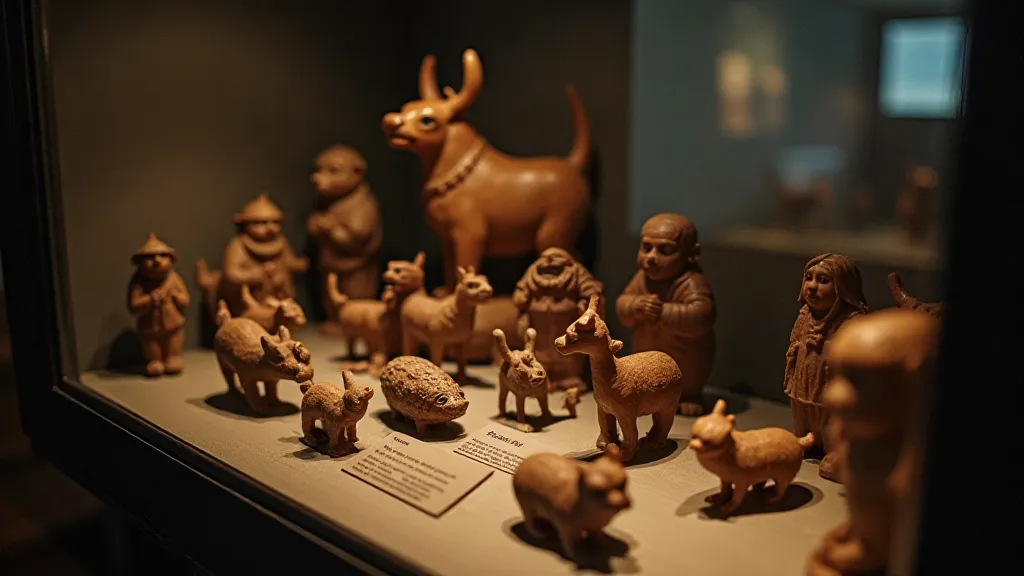
My grandfather rarely spoke about his own carvings, but I know he felt a deep connection to them—a sense of pride in having transformed a simple piece of wood into something beautiful and enduring. And that, ultimately, is the essence of penknife whittling: finding the narrative within the knot, listening to the arbor's whisper, and leaving a piece of yourself behind in the wood. The journey of a carving, from raw material to finished piece, often involves accepting the unexpected – a quality that speaks volumes about the process and the relationship between the artist and the wood.
Beyond the creation itself, the appreciation and preservation of these carvings represent a continuing legacy. To fully understand and cherish these objects, it’s important to recognize not just the skill involved in their creation but also the cultural and historical context that shaped them. Each piece carries within it a story – a fragment of a past era. It speaks to a time when objects were made to last, to be treasured, and to connect us to our ancestors.
Consider the tools themselves: the carefully honed knives, the seasoned blocks of wood, the quiet dedication of the maker – all speak to a different pace of life, a deeper connection to the natural world. These objects are more than just carvings; they are tangible links to a simpler time. They are reminders of the value of craftsmanship, ingenuity, and the beauty of imperfection. They are also a testament to the power of storytelling, the ability of humans to find meaning and beauty in even the most humble materials.
The legacy of penknife whittling is not confined to museums and antique shops. It lives on in the hands of contemporary carvers, who are rediscovering the joy and satisfaction of working with wood. These individuals are keeping the tradition alive, passing down the knowledge and skills to future generations. They are also finding new ways to express themselves through this ancient art form, creating unique and innovative carvings that reflect their own experiences and perspectives. And, importantly, they are deepening the understanding and appreciation for the art itself, creating a vibrant community centered around a shared passion.
The act of restoring antique carvings is a labor of love—a chance to connect with the past and to ensure that these treasures are preserved for future generations. It’s a way of honoring the makers and of keeping their stories alive. But it also offers a profound lesson in humility and respect. A restorer doesn’t impose their own vision on a carving; they strive to understand the original intent and to preserve the character and historical value of the piece. They work with a light hand, guided by knowledge and experience, always mindful of the delicate balance between preservation and intervention.
The continued appreciation of these carvings ensures that the skills and stories embodied within them will not be lost to time. It encourages the preservation of traditional techniques and the passing down of knowledge to future generations. It’s a celebration of the human spirit, a testament to the enduring power of art, and a reminder that even the smallest things can hold great meaning and beauty.
